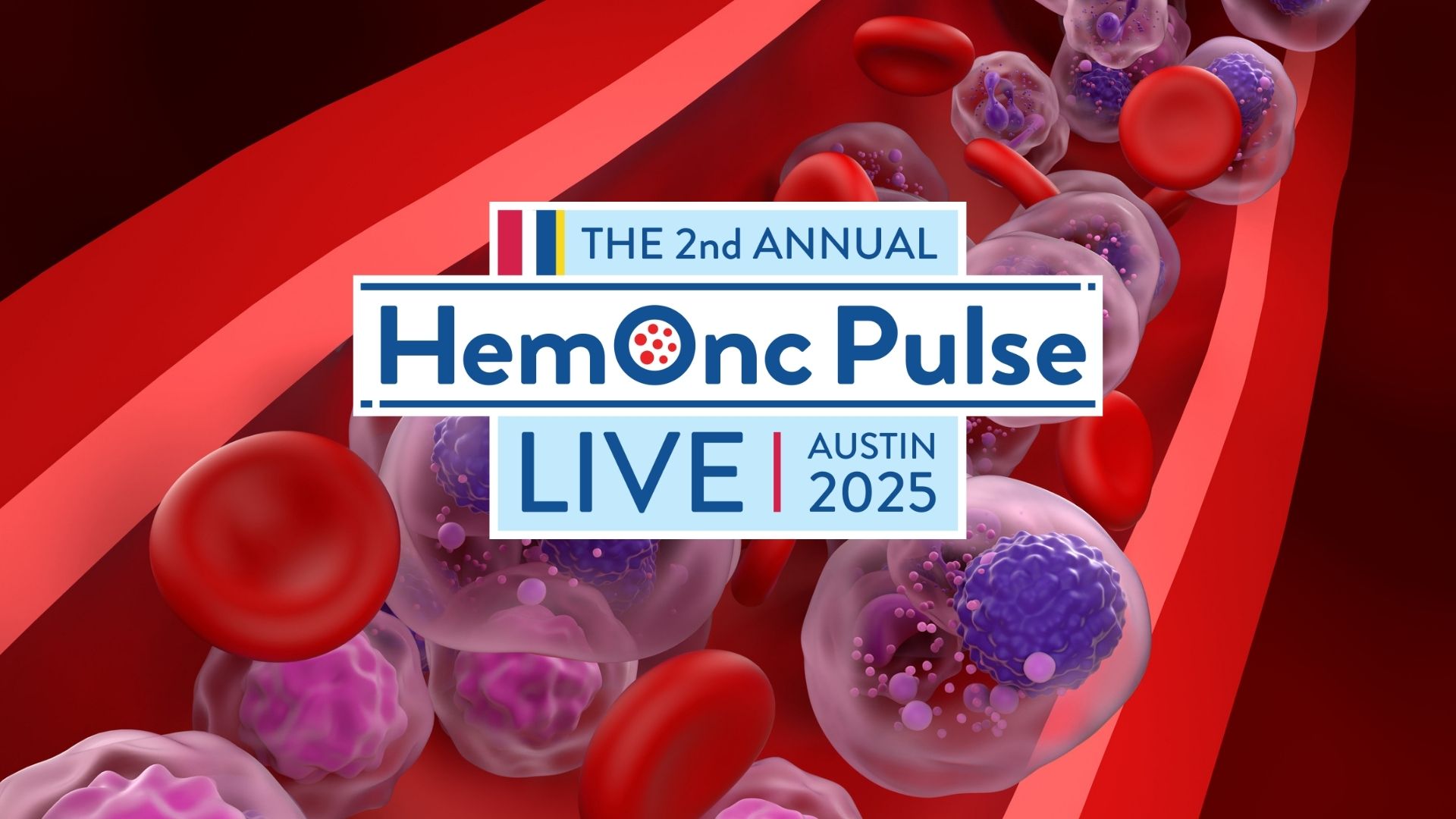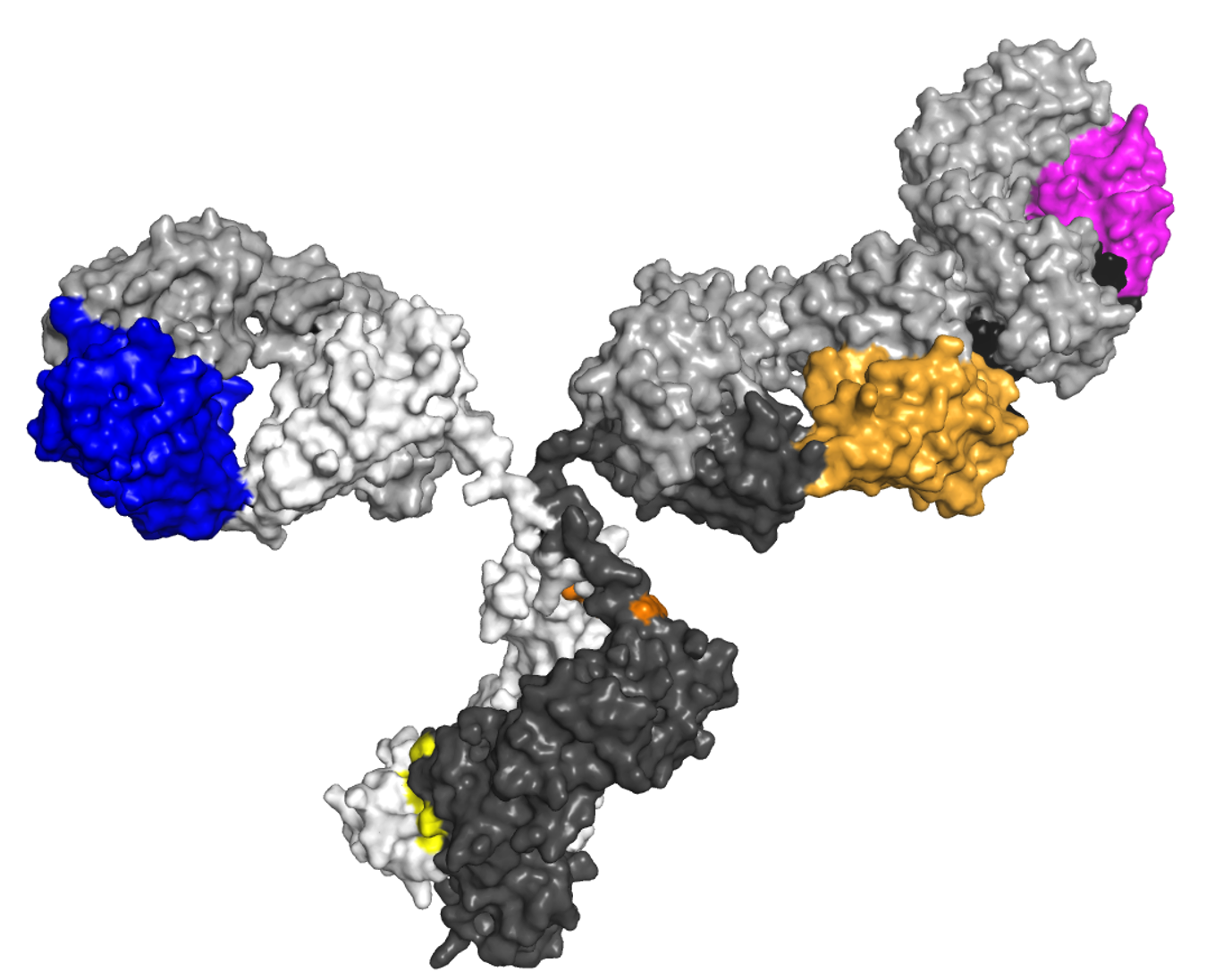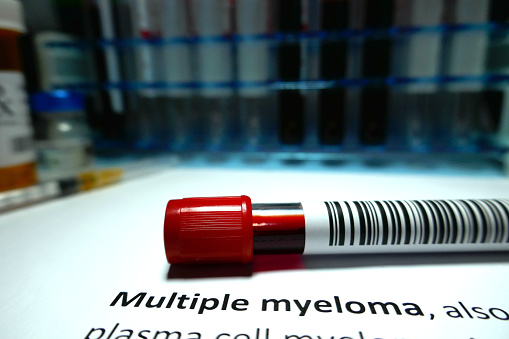
Treatment with a regimen of bortezomib, melphalan, and prednisone (VMP) with or without daratumumab (D-VMP) led to similar improvements in patient-reported quality of life (QOL) for patients with transplant-ineligible newly diagnosed multiple myeloma (MM), according to an analysis of outcomes from the phase III ALCYONE trial.
These findings were published in BMC Cancer.
D-VMP Improves Outcomes vs. VMP Alone
The U.S. Food and Drug Administration approval of daratumumab was based on results of the randomized, open-label ALCYONE trial. The trial compared D-VMP versus VMP without daratumumab in patients with newly diagnosed, transplant-ineligible MM. D-VMP showed significantly higher response rates and minimal residual disease negativity than VMP and reduced the risk of disease progression or mortality. The daratumumab-based regimen was associated with fewer grade ≥3 hematologic events compared with VMP and showed benefit for patients with poor prognosis or aged ≥75 years.
In this new study, researchers evaluated patient responses to the European Organization for Research and Treatment of Cancer QOL Questionnaire Core 30-item (EORTC QLQ-C30) and EuroQOL 5-dimensional descriptive system (EQ-5D-5L) questionnaire, which were administered at baseline, every three months within year one, and then continually every six months until disease progression. In total, 706 patients were included (D-VMP, n = 350; VMP, n = 356). Mean patient age was 71 years and baseline demographics and characteristics and assessment scores were similar between groups.
Compliance to assessment completion were high and similar between treatment groups, with ≥90.0% of patients completing both the EORTC QLQ-C30 and the EQ-5D-5L assessments at baseline and >76.0% completing assessments throughout the studies.
“The number of [patient-reported outcome] assessments received was higher in the D-VMP group than in the VMP group, which is consistent with the greater numbers of patients staying on treatment with D-VMP compared with VMP. The [patient-reported outcomes] data sets for the D-VMP group were also larger owing to the longer treatment duration of these patients,” wrote the authors.
Overall Improvement in Quality of Life
Both treatment arms reported clinically meaningful (≥10 points) improvements in scores from baseline at months nine, 12, 18, and 30. Improvements were maintained through month 36 for the D-VMP group. There were no significant differences between groups in changes in EORTC QLQ-C30 scores.
Both treatment groups displayed clinically meaningful improvements in emotional functioning scores starting after month three. Cognitive functioning scores declined from baseline in both treatment arms, but mean change from baseline was not clinically meaningful in either group. Mean change in scores for pain, fatigue, or nausea and vomiting did not show significant between-group differences.
“Although improvements in the D-VMP group were statistically greater than those in the VMP group on some scores at some time points, between-group differences were largely nonsignificant. This observation needs to be considered in the context of the significant increase in clinical benefits observed with the D-VMP regimen,” wrote the study authors.
The authors continue, “One possible explanation for the lack of incremental benefit for D-VMP over VMP on [health related] QOL outcomes may be that this was an on-treatment analysis, in which [patient-reported outcome] results are reported for patients remaining on treatment and do not reflect the impact of disease progression resulting in discontinuation of study treatment.”






 © 2025 Mashup Media, LLC, a Formedics Property. All Rights Reserved.
© 2025 Mashup Media, LLC, a Formedics Property. All Rights Reserved.